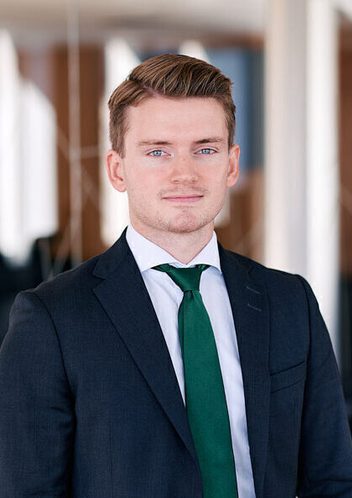
Paal-André Storesund
Senior Associate
Oslo
Newsletter
by Paal-André Storesund and Thomas Hagen
Published:
On 2 July 2025, the Enlarged Board of Appeal laid down a decision in which it gives guidelines on when an invention is no longer considered patentable due to the invention no longer being considered as new compared to the state of the art. The way an invention is handled before it is patented can have a significant impact on the inventor's future earnings and competitive position. These guidelines should therefore be noted by advisors and personnel involved in research and development work in industries that rely on patent protection.
The Enlarged Board of Appeal ("EBA") is responsible for ensuring the uniform application of the European Patent Convention ("EPC"). To fulfil this role, the EBA decides on referrals referred by the Board of Appeal if the Board of Appeal considers that a decision is needed to ensure uniform application of the law, or if a point of law of fundamental importance arises. Decisions from the EBA will have consequences for European patents and patent applications but may also impact on decisions to be made by national courts, industrial property offices and board of appeals.
The G 1/23 decision concerned questions related to the novelty requirement, which stipulates that the invention must be new compared to the technology already known at the time of the application. Key points are:
The decision highlights the importance of being mindful about how one manages their invention prior to filing a patent application.
Background and questions
The background for the questions was that the Technical Board of Appeal examined the validity of a patent for copolymer material used in solar cells. One of the issues was whether a commercial product named ENGAGE 8400 was publicly available prior to the patent application's filing date.
ENGAGE 8400 was commercially available, but the patent holder argued that it was not considered state of the art unless a person skilled in the art would be able to analyze and reproduce a polymer identical to the one found in ENGAGE 8400 without undue burden. It was further argued that reverse engineering the product would require extensive research work without a guarantee of success.
Since previous practice on the issue was unclear, three questions were referred to the EBA by the Technical Board of Appeal:
Introductorily, the EBA concluded that it was not necessary to consider the requirement of "analyzability" of a commercially available product separately from the requirement of "reproducibility" to answer the questions relating to the joint condition "analyzed AND reproduced".
Conclusions
In its decision, the EBA answered question 1 with "NO" – a marketed product cannot be excluded from the state of the art solely because its composition and internal structure cannot be analyzed or reproduced without undue burden by a skilled person before the application date.
Furthermore, the conclusion on question 2 was "YES" – technical information about the product available before the application date is part of the state of the art, regardless of whether the composition or internal structures could be analyzed and reproduced without undue burden by a skilled person. The third question did not need to be addressed as the conclusion on question 1 was "NO".
In its reasoning, the EBA pointed out that a consistent application of a rule stating that a non-reproducible product cannot be part of the state of the art would lead to unacceptable solutions that conflict with the general structure and established legal principles under the EPC.
An example the EBA cited to illustrate why it would be unreasonable for every product to be reproducible to be part of the state of the art is that at the beginning of any production chain, there are materials that are not reproducible but simply available. For example, standard chemical elements, which are typically obtained from specialized suppliers, would most likely meet the definition of being non-reproducible in the context of the Technical Board's reference. These substances are not reproduced but extracted from natural sources. It would still be absurd to disregard these materials based on the referring Board of Appeal's understanding of previous practice.
The EBA highlighted that the term "reproduced", a term that originates from the earlier decision G 1/92, was interpreted differently in the referring decision. The referring decision read the term as a "reproduction by a different route", i.e. not by taking the product in that specific form as put on the market and in which it is readily available. The EBA, however, concluded that the term used in G 1/92 must be interpreted in a broader sense than used in the referring decision, namely as the ability of the skilled person to obtain and possess the physical product, e.g. from the market.
The decision highlights the importance of having an IP strategy with procedures that ensure patent applications are filed before a product is made available on the market.

Senior Associate
Oslo

Partner
Oslo
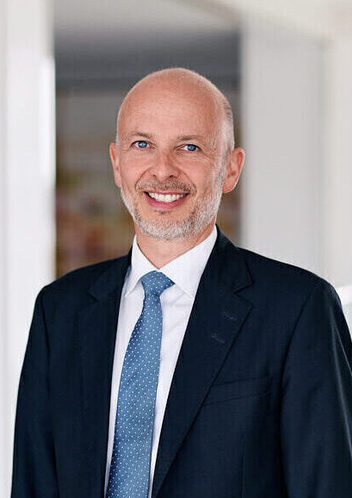
Partner
Oslo
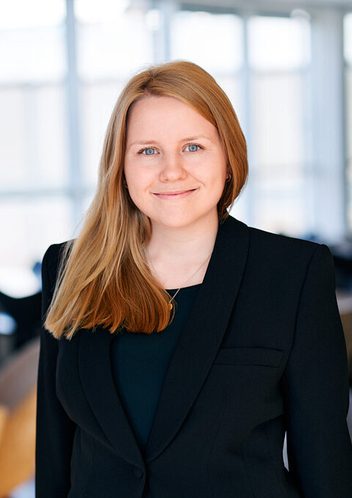
Senior Associate
Oslo
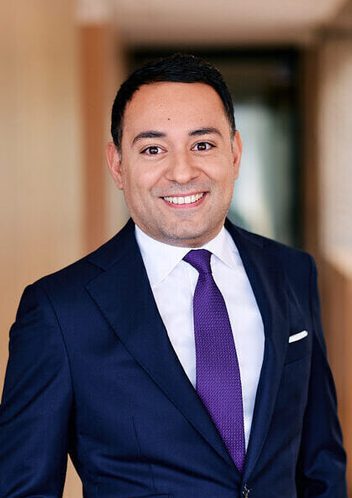
Partner
Stockholm

Partner
Oslo

Partner
Oslo

Partner
Oslo
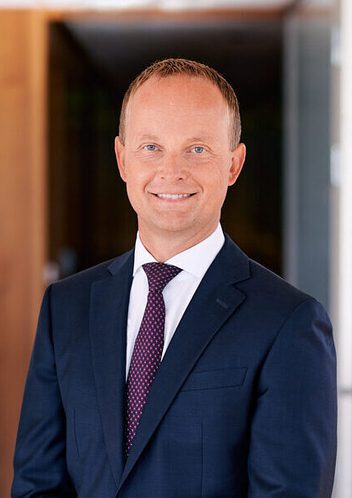
Partner
Oslo

Partner
Oslo
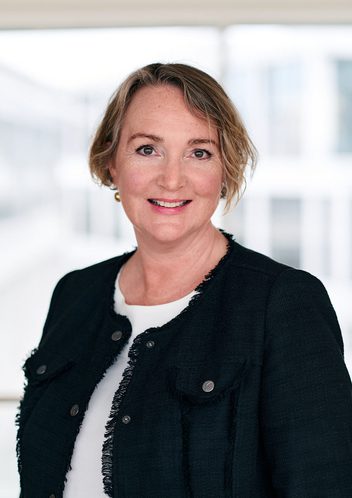
Partner
Oslo

Partner
Oslo
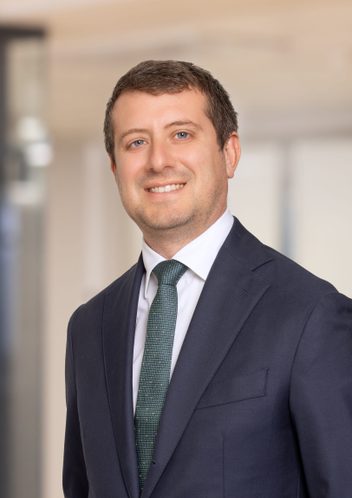
Managing Associate - Qualified as EEA lawyer
Oslo
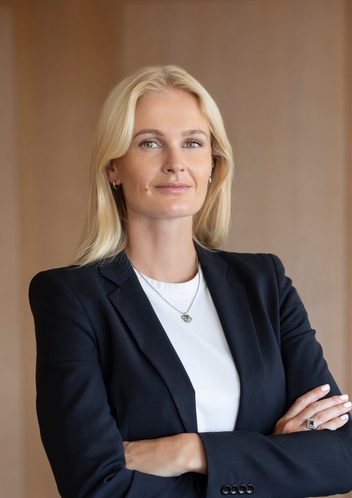
Senior Lawyer
Stockholm

Special Advisor
Stockholm
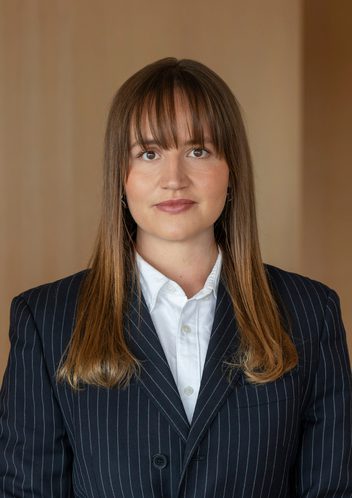
Associate
Stockholm

Associate
Stockholm
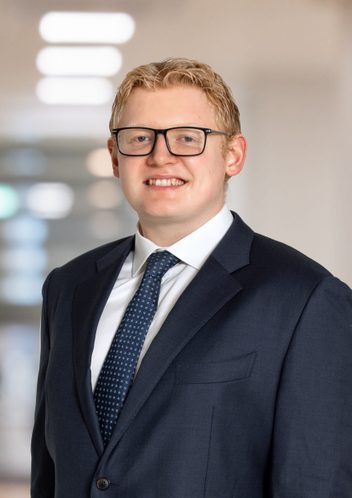
Associate
Oslo
